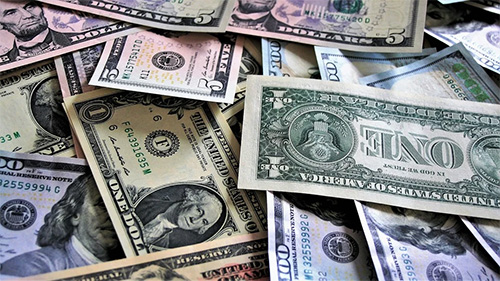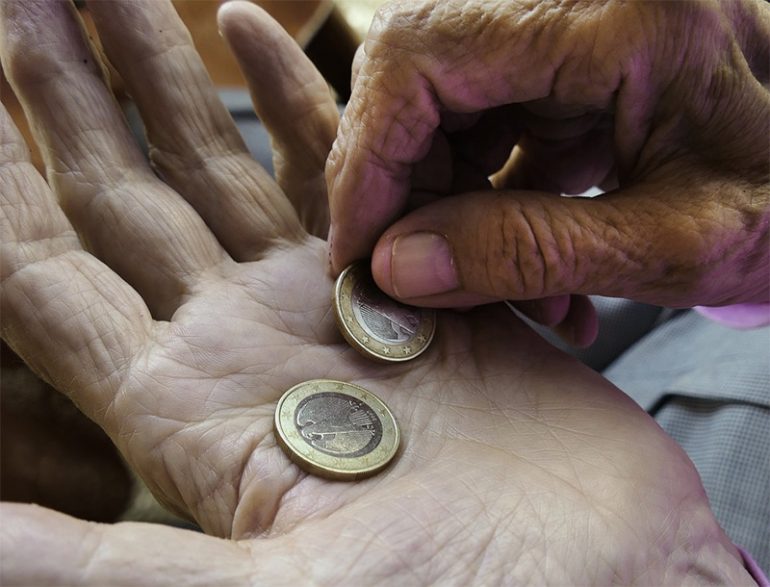Many artists do not know why they have entered the profession and why they often fail to know the true value of their art. What sets an artist, craftsman, artisan, and fine artist apart? Have you ever asked yourself this question?
Who is an artist?
First, an artist refers to a person who makes products solely for commercial businesses. Some of the most popular examples are book illustrators and designers. Craftsman follows and creates utilitarian objects. Two examples are tradesmen who make furniture and carpenters who construct houses. Artisan are independent craftsmen who make a living out of making projects for utility and beauty. They can be a carpet maker or glass blowers. On the other hand, fine artist makes original creations that are sold at a high price.
Most of the time, people utilize these words according to how they like, not by their definition. Improper usage of these words can lead to confusion.
A supposedly lucrative endeavor
It is very essential for any artisan or artist to have gainful employment. During flourishing economies, fine artists enjoy gainful employment. This is because they have original and unique pieces that are sold at an expensive price. People with high incomes are fond of buying these non-essential artworks. On the other hand, craftsman work all year round, replicating utilitarian objects, regardless of the economic condition. People need clothing, furniture, tools, shoes, vehicles, and house more than owning an oil painting or original jewelry. Artisans and artist need to step up their A-game and be entrepreneurs. They can work as contract employment or independent business owners. But, why do these guys still have a hard time making profit?

Artist’s apprehensions and misconceptions
If you want to be a full-fledged artist, you may have some apprehensions and misconceptions about art and the industry overall. You are not alone; many artists share these apprehensions like you do.
- Money is considered as the root of all evil.
- They believe that talking about money is rude and not essential.
- They lack skills in money management, interest, sense, and status. They also don’t understand how many functions.
- Fear of making and owning a lot of money.
- They give more importance to their craft.
- Money is not essential because world peace, saving the planet, and love are more essential.
- The community, as well as their families make them feel uncomfortable.
- They don’t understand the true value of money.
- Feeling uncomfortable when asking for money.
- Many people believed that artists are struggling and poor.
- Lacks knowledgeable on how to appropriately price or sell their work.
- Absence of self-confidence and self-worth.
- Not charging customers with too much to avoid looking greedy.
- Too judgmental of their work since all they see are flaws in their workmanship. They fail to see the beauty and potential that buyers see in their work.
- Uncomfortable selling their artwork since it makes them feel as if they have placed a price on themselves, when in fact, this is not the point.
- Weak negotiation skills with prospect clients.
- Unwillingness to handle paperwork that is associated with keeping records of their earnings and expenses, income tax forms, and many other financial business matters.
All of these misconceptions negative attitude, or lack of knowledge and skills prevent artisans and artists from earning sufficient and reasonable profit from their skills and talents.
Photo Attribution:
1st and featured image from https://pixabay.com/photos/finger-euro-hands-pension-2573745/
2nd image from https://pixabay.com/photos/money-dollars-currency-save-cash-3523131/
